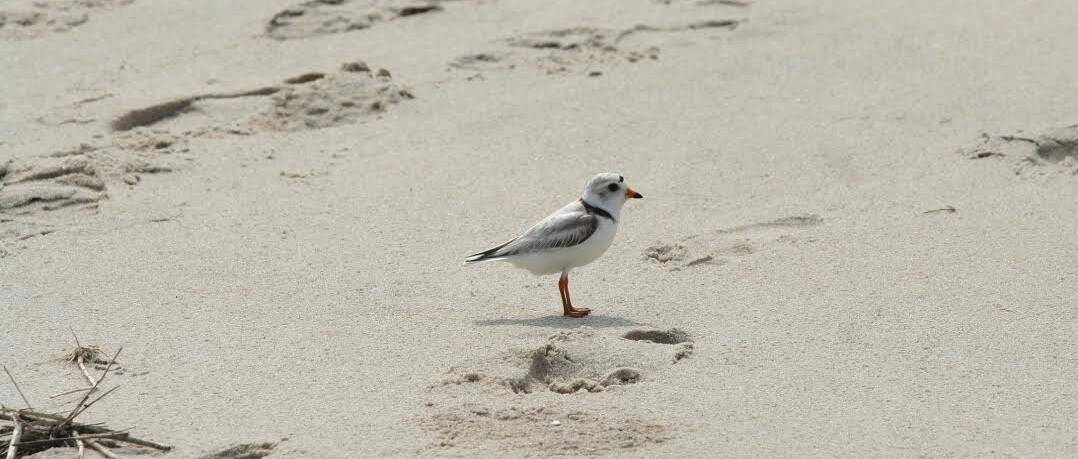Share this article
Effective New Model for Predicting Shorebird Habitat
Seashore managers have a new tool to help them protect future habitat for the federally endangered piping plover.
“A lot of the national parks and especially the national seashores along the East Coast are currently revising their general management plans,” said Katherina Gieder, a graduate student at Virginia Tech and lead author of a new study published recently in Ecological Modelling. “It’s a hugely important tool that managers can use.”
Gieder and partners from the U.S. Geological Survey set out to develop and implement the model using geomorphological and piping plover (Charadrius melodus) nesting data from Assateague Island National Seashore in Maryland collected in 1999, 2002 and 2008. For those three years of data, she examined the physical features of plover breeding habitat that influence nesting suitability. Twelve variables, such as beach width, site fidelity, elevation and proximity to feeding grounds, were incorporated into the model, which proved to be extremely effective for predicting piping plover habitat on barrier islands. Researchers experienced model error of only about 5 percent overall, and occasionally as low as 2-3 percent.
The model is based on a Bayesian network framework which, in this case, calculated the probability of suitable nesting habitat based on the connection of all 12 geomorphological variables.
“The beauty of Bayesian networks is that their framework is flexible, so you can update them with new information and modify them to apply to other areas,” Gieder said, noting that there does come a point, however, when predictions cannot be improved any further because natural events will always have some degree of uncertainty. “If you apply the model to a different area and it doesn’t work as well you can input more data from that area to improve its performance.”
Much of the geomorphological data that was required for this model to work came from light detection and ranging (LIDAR) and aerial photography. Because these methods of data collection are so expensive, finding coastal areas with this information is one of the model’s biggest constraints. However, the future looks bright for the model because in the wake of “Superstorm” Sandy, many areas along the Eastern Seaboard have begun LIDAR sensing at much more frequent intervals.
Testing the model was just the first step in a larger, collaborative effort by other researchers at Virginia Tech and the USGS to look at coastal hazards of rising sea-levels all along the East Coast and portions of the Gulf Coast. Now that Gieder and her colleagues have proven their tool to be accurate, they are working to publish a second paper with predictions of suitable piping plover habitat in the future. So far, the results look encouraging.
“In 50 to 100 years it looks like, under modest sea-level-rise scenarios, the amount of suitable habitat increases,” Gieder said, adding that moderate sea-level rise encompasses rates we are currently experiencing and a little bit higher. These conditions are likely to lead to less vegetation growth and therefore more suitable habitat, since plovers tend to nest in open sandy areas away from thick vegetation. For these projections, any habitat more than 50 percent likely to host a nest was considered suitable.
It is possible that if the model were refined, it could make predictions closer to 25 years from now rather than 50 or 100. There is also a possibility that the model could be adjusted and applied to habitat other than barrier islands, such as coastal beaches. In fact, another Virginia Tech post-doctoral researcher, Sara Zeigler, is already working on applying the model to other locations.
In addition to helping managers and planners protect valuable plover habitat, they can also use the model to see what will happen to the landscape in general. For instance, it also predicts vegetation density, dune height and elevation statistics that can help managers plan for public recreation, sand replenishment, beach infrastructure and other needs.
Header Image: Piping plovers, a species of small shorebird that have been threatened on the east coast since the 1980s, are a pioneer species, often among the first birds to seek out successional habitat after coastal storms. A new model developed by researchers at Virginia Tech and the USGS offers a way to look at plover habitat 50-100 years in the future.
Image credit: Katherina Gieder








